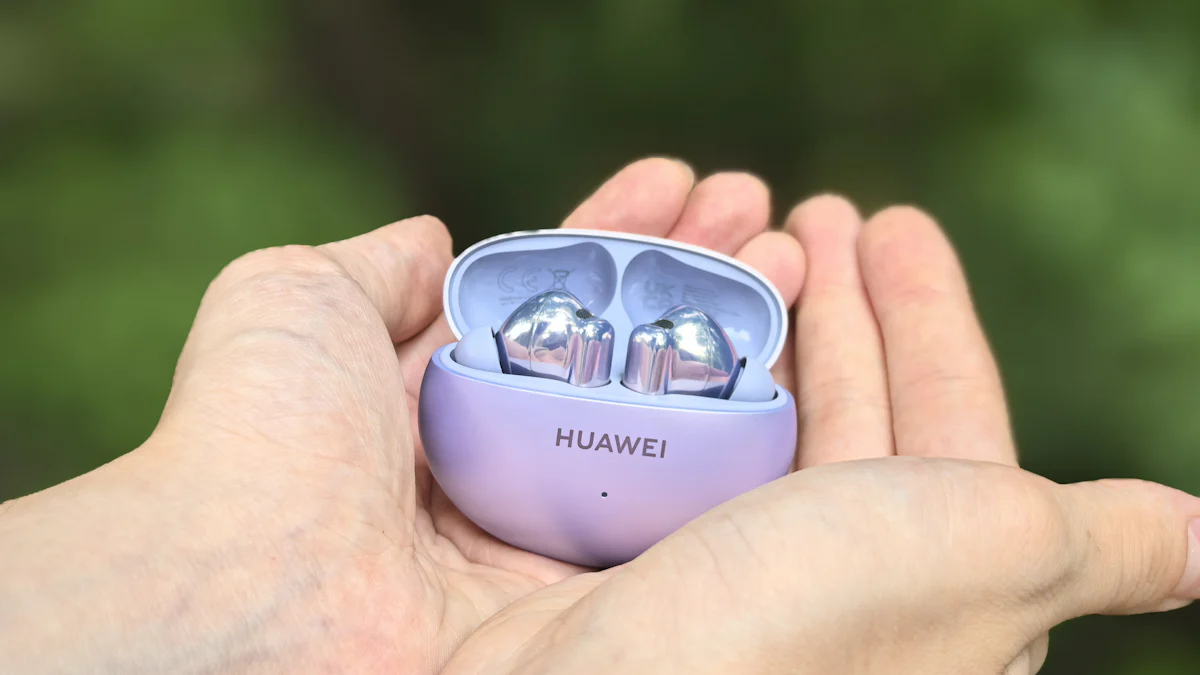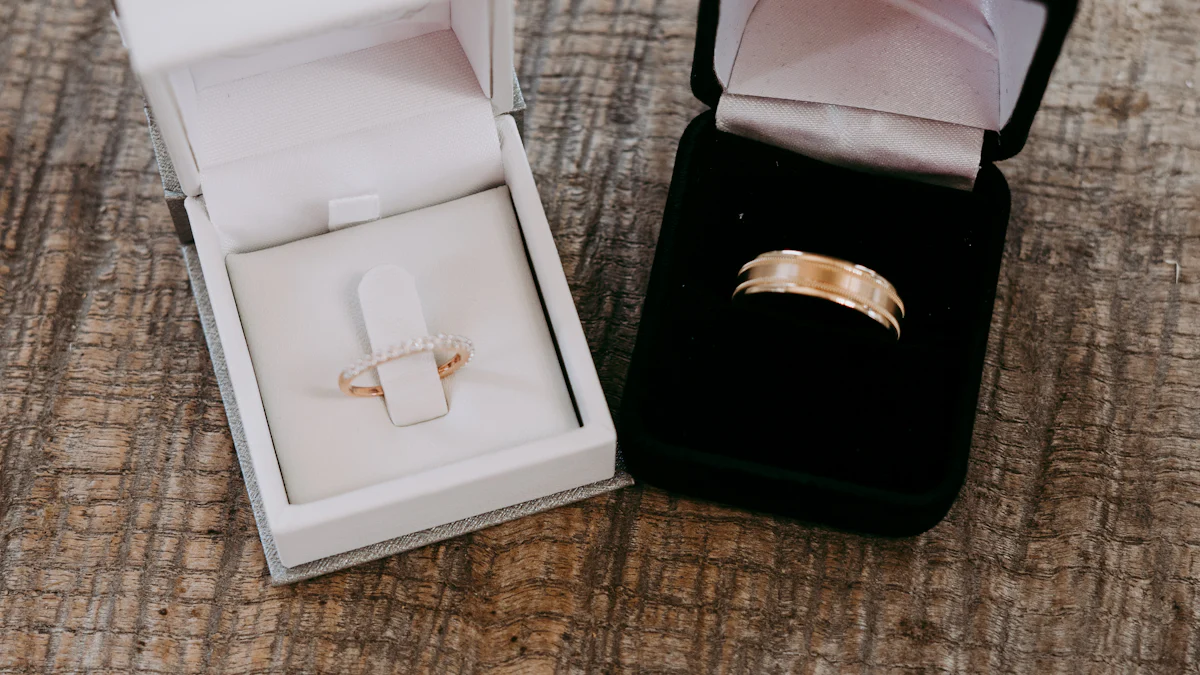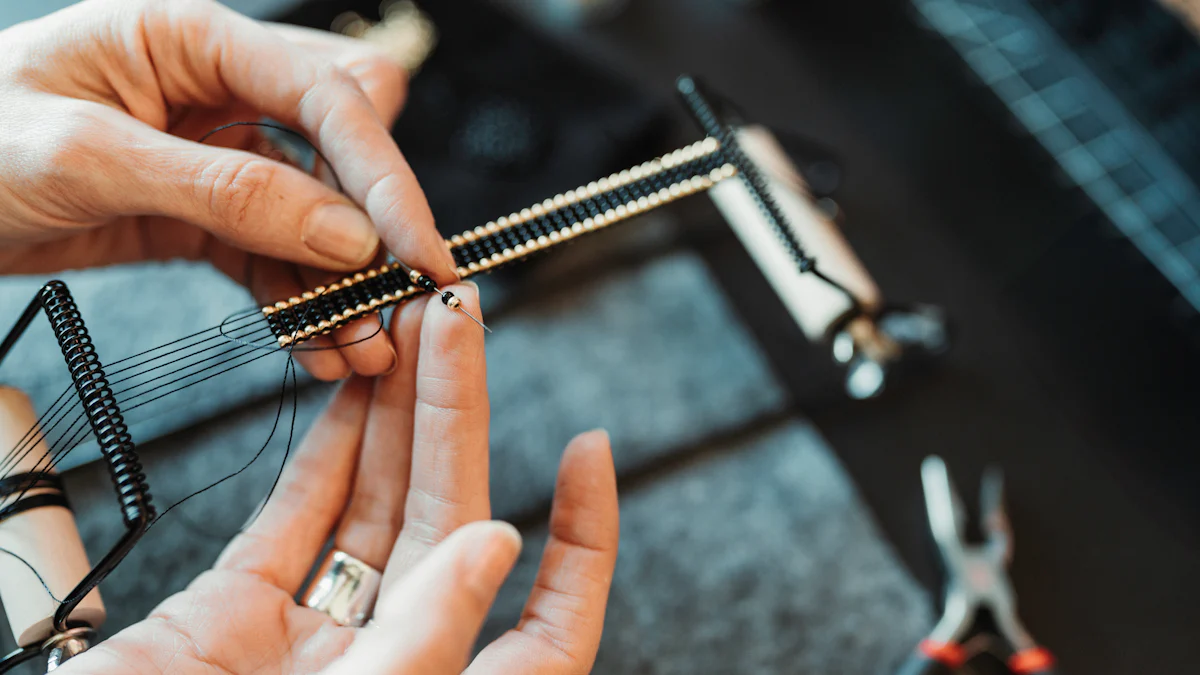Tips for Using a Ring Size Chart Printable Ring Sizer

A ring size chart printable ring sizer is a simple yet effective tool that helps you determine your ring size at home. It usually includes a paper strip or a chart with circles to match your finger or an existing ring. This method saves you the hassle of visiting a jeweler and lets you measure comfortably in your own space. Accuracy is key when it comes to ring sizing. A perfectly fitting ring not only feels great but also stays secure on your finger without being too tight or loose.
Key Takeaways
- Print the ring size chart at 100% scale to ensure accurate measurements.
- Measure your finger in the evening when it is at its natural size for the best fit.
- Use both the paper strip and existing ring methods to double-check your size for accuracy.
- Consider finger swelling due to temperature and activity when selecting your ring size.
- If you're between sizes, opt for the larger size to ensure comfort throughout the day.
- Wider rings may require a larger size, so test with a similar width for the best fit .
- Always verify the scale of the printable chart to avoid sizing errors.
How to Use a Ring Size Chart Printable Ring Sizer

Preparing for Measurement
Before you start, gather everything you need. Print the ring size chart printable ring sizer and ensure it’s printed at 100% scale. Most charts include a scale guide, so use a ruler to confirm accuracy. If the scale doesn’t match, reprint the chart. You’ll also need scissors, tape, and a ruler to cut and assemble the sizer if required.
"Printing the ring size guide at actual size is essential for accurate results." - Printable Ring Sizer Guide
Having the right tools ensures a smooth process. Double-check that your printer settings don’t resize the chart. This small step can save you from inaccurate measurements later.
Measuring Your Finger
Using the paper strip method is simple and effective. Cut out the sizing strip from the chart. Wrap it snugly around the base of your finger. Make sure it’s not too tight or too loose. The goal is to find a fit that feels secure but comfortable. Once wrapped, note the size indicated on the strip.
Don’t forget to test if the sizer can slide over your knuckle. Your knuckle is often the widest part of your finger, so this step ensures the ring will fit properly. If the sizer struggles to pass over the knuckle, consider choosing a slightly larger size.
Measuring an Existing Ring
If you already own a ring that fits well, the chart’s circle method works perfectly. Place your ring on the printed chart. Match the inner edge of the ring to the circles on the chart. Look for the circle that aligns exactly with the ring’s inner diameter. Avoid guessing—precision matters here.
This method is especially useful when measuring for someone else. For example, if you’re planning a surprise gift, borrow a ring they wear often and use this technique to determine the size.
Tips for Accurate Ring Size Measurement

Measure at the Right Time
Timing plays a big role in getting an accurate ring size. Your fingers change size throughout the day due to factors like temperature and activity. Avoid measuring your finger in the morning. After sleeping, your fingers may be slightly swollen, which can lead to an incorrect size. Instead, measure in the evening. By then, your fingers are at their most natural size, giving you a more reliable result.
"Measuring at the right time of day ensures your ring fits comfortably all the time." - Professional Jewelers
This simple adjustment can make a huge difference in finding the perfect fit.
Account for Finger Swelling
Your fingers don’t stay the same size all the time. Temperature, physical activity, and even hydration levels can cause swelling. On hot days, your fingers might expand. On colder days, they might shrink. Keep this in mind when choosing your size. A ring that feels too tight during swelling won’t be comfortable to wear.
Pick a size that feels good in different conditions. If you’re unsure, go for a slightly larger size. This ensures the ring won’t feel restrictive when your fingers swell.
Double-Check Measurements
Accuracy improves when you measure more than once. Don’t rely on a single measurement. Take multiple readings at different times of the day. This helps you spot any variations and ensures consistency.
Use both methods—the finger measurement and the existing ring method. Wrap the ring size chart printable ring sizer around your finger, then compare it with the size of a well-fitting ring. Combining these methods gives you a better chance of finding the right size.
"Using proper tools and double-checking measurements reduces errors and ensures a perfect fit." - Professional Jewelers
Taking these extra steps may seem small, but they help you avoid resizing issues later.
Addressing Common Challenges
What to Do If You’re Between Sizes
Finding yourself between two sizes can feel tricky, but it’s a common situation. When this happens, choosing the larger size is usually the best option. A slightly looser ring feels more comfortable and allows for natural finger swelling throughout the day. This is especially important for wider rings, which tend to fit more snugly than thinner bands. Wider bands cover more surface area on your finger, so they may feel tighter even if the size is technically correct.
If the ring doesn’t fit perfectly, resizing is always an option. Many jewelers offer resizing services, which can adjust the ring to your exact size. This ensures you get a comfortable fit without compromising the design or quality of the ring.
How Ring Width Affects Sizing
The width of a ring plays a significant role in how it fits. Wider rings often require a slightly larger size because they sit more firmly on your finger. A thin band might slide on easily, but a wide band can feel restrictive if you don’t account for the extra material.
To avoid sizing issues, try testing with a ring that has a similar width to the one you’re purchasing. This gives you a better idea of how the final ring will feel. If you’re unsure, going up by half a size for wider rings is a safe choice. Comfort should always be your priority, and a well-fitted ring ensures you’ll enjoy wearing it every day.
Ensuring the Chart is Printed to Scale
Accuracy starts with the chart itself. If the printable ring size chart isn’t printed to scale, your measurements won’t be reliable. Most charts include a scale guide, such as a line or box, to help you confirm the accuracy. Use a ruler to measure this guide. If the measurements don’t match, reprint the chart at 100% scale.
"Always verify the scale of your printable chart to avoid sizing errors." - Printable Ring Sizer Guide
Double-checking the scale might seem like a small step, but it makes a big difference. A correctly scaled chart ensures that every circle and measurement aligns perfectly with your finger or ring. This simple precaution saves you from frustration and ensures your ring fits just right.
Using a ring size chart printable ring sizer is a straightforward way to find your perfect fit. Start by gathering the right tools, ensuring the chart is printed to scale, and following the steps carefully. Whether you’re measuring your finger or an existing ring, accuracy is within your reach with proper preparation.
You don’t need to visit a jeweler to get reliable results. With this method, you can measure comfortably at home and avoid sizing mistakes. Give it a try, and enjoy the convenience of knowing your ring size with confidence. A perfectly fitting ring is just a few steps away!
FAQ
How do I measure my ring size using a printable ring size guide?
To measure your ring size, start by printing the ring size guide at 100% scale. Double-check that the chart is printed to actual size by using the scale guide provided. If the scale is off, reprint it. Once printed, you can either cut out the sizing strip (if included) or use an existing ring. For the strip method, wrap it around your finger snugly and note the size. For the ring method, match the inner edge of your ring to the circles on the chart until you find the perfect fit.
Pro Tip: Always ensure the printable guide is accurate to avoid sizing errors.
What’s the best way to use a printable ring sizer for accurate results?
Using a printable ring sizer is simple and effective. There are two main methods. The first method involves using an existing ring. Place the ring over the printed chart and match its inner diameter to the circles. The second method requires scissors. Cut out the sizing strip, wrap it around your finger, and note the size. Both methods work well, but double-checking your measurements ensures accurate results.
Can I trust the accuracy of a printable ring size chart?
Yes, you can trust it if you follow the instructions carefully. Print the chart at 100% scale and verify its accuracy using the scale guide. A correctly printed chart provides reliable results. However, measuring multiple times and at different times of the day can help you confirm your size.
What should I do if I’m between two ring sizes?
If you find yourself between sizes, choose the larger one. A slightly looser ring feels more comfortable and accommodates natural finger swelling. This is especially important for wider rings, which tend to fit more snugly. Comfort should always be your priority.
Why does the time of day matter when measuring ring size?
Your fingers change size throughout the day due to temperature and activity. Measuring in the morning, when your fingers may be swollen, can lead to an incorrect size. Evening is the best time to measure because your fingers are at their most natural size.
Quick Tip: Avoid measuring after intense physical activity or in extreme temperatures for the most accurate results.
How can I ensure the printable chart is to scale?
Most printable charts include a scale guide, such as a line or box, to confirm accuracy. Use a ruler to measure this guide. If the measurements don’t match, reprint the chart at 100% scale. This step is crucial for reliable results.
Can I use a printable ring sizer for someone else’s ring size?
Yes, you can. If you have access to a ring they already wear, use the chart’s circle method. Match the inner edge of their ring to the circles on the chart. This is a great option for surprise gifts, as it avoids directly measuring their finger.
What tools do I need to use a printable ring size chart?
You’ll need a few basic tools: a printer, scissors, tape, and a ruler. These tools help you cut and assemble the sizing strip if required and verify the chart’s scale. Having everything ready makes the process smooth and hassle-free.
How does ring width affect sizing?
Wider rings often require a slightly larger size because they cover more surface area on your finger. A thin band might slide on easily, but a wide band can feel tighter. If you’re buying a wider ring, consider going up by half a size for a comfortable fit.
Should I measure my finger or use an existing ring?
Both methods work well, and using both can give you the most accurate result. Measure your finger with the sizing strip and compare it to the size of a well-fitting ring. Combining these methods ensures you find the perfect size.
See Also
Tips for Selecting the Perfect Finger for Your Ring
Ultimate Guide to Picking the Ideal Diamond Ruby Ring
How to Select the Best Rectangle Engagement Ring

